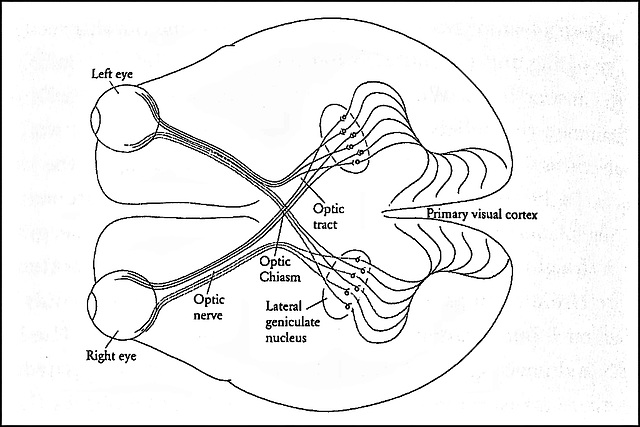Dark Days of Autumn Rain
Downtown ~ Winter Day
Hilflos
Winter
Darwin
Scrambled Eggs & Whiskey
Riddle
Dance of Shiva
An exhibit
Barn
Just Now
One Art
The Wheel
Alone
Michigan State University
On a Spring bough
Czech Bakery
Fall Morning
Diagram ~ Voyager Spacecraft Golden Record
Memories
End of a day
Kick at the rock, Sam Johnson, break your bones: B…
Peripatetikos / Walking
Bath Tissue
Napkins
Kurt Godel's equation
Fuegia Basket
Speed
Only Words
I'm not a person
Backyard Winter
Winter Sunlight and shadow
Winter Evening
Barak Obama
Advantage Asia?
Photographing Manai
The Fundamental Attribution Error
Keywords
Authorizations, license
-
Visible by: Everyone -
All rights reserved
- Photo replaced on 04 Oct 2013
-
99 visits
- Keyboard shortcuts:
Jump to top
RSS feed- Latest comments - Subscribe to the comment feeds of this photo
- ipernity © 2007-2024
- Help & Contact
|
Club news
|
About ipernity
|
History |
ipernity Club & Prices |
Guide of good conduct
Donate | Group guidelines | Privacy policy | Terms of use | Statutes | In memoria -
Facebook
Twitter



Color does not exist in nature. At least, it does not exist in nature in the form of untutored brain thinks. Visible light consists of continuous varying wavelengths, with no intrinsic color in it. Color vision is imposed on its variation by the photosenstive cone cells of the retina and the connecting nerve cells of the brain. It begins when light energy is absorbed by three different pigments in the cone cells, which biologists have labeled blue, green, or red cells according to the photosensitive pigments they contain. The molecular reaction triggered by the light energy is transduced into electrical signals that are relayed to the to the retinal ganglion cells forming the optic nerve. Here the wavelength information is recombined to yield signals distributed along two axes. The brain later interprets one axis as green to red and the other as blue to yellow, with yellow defined as a mixture of green and red. A particular ganglion cell, for example, may be excited by input from red cones and inhibited by input from green cones. How strong an electric signal is that it then transmits tells the brain how much red or green the retina is receiving. Collective information of this kind from vast numbers of cones and mediating ganglion cells is passed back into the brain, across the optic chiasma to the lateral geniculate nuclei of the thalamus, which are masses of nerve cells composing a relay station near the center of the brain, and finally into arrays of cells in the primary visual cortex at the extreme rear of the brain.
Within milliseconds the visual information, now color-coded, spread out to different parts of the brain. Hw the brain responds depends on the input of other kinds of information and memories they summon. The patterns invoked by many such combination, for example may cause the person to think words denoting the patterns. ……
The chemistry of the three cone pigments – the amino acids of which they are composed and the shapes into which their chains are folded – is known. So is the structure of the DNA in the green of the X chromosome that prescribe them, as well as the mutations in the genes that cause color blindness.
So, by inherited and reasonably well understood molecular processes, the human sensory system and brain break the continuously varying wavelengths of visible light into the array of more or less discrete units we call the color spectrum. The array is arbitrary in an ultimately biological sense. It is only one of many arrays that might have evolved over thousands of millennia. But it is not arbitrary in cultural sense. Having evolved genetically, it can not be altered by either learning or fiat. All of the human culture traits involving color are derived from this unitary process. As a billogical phenomenon, color perception exists in contrast to the perception of light intensity, the primary quality of visible light other than frequency. When we vary the intensity of light gradually, say by moving a dimmer switch smoothly up or down, we perceive the change as the continuous process it truly is. But if we use monochromatic light – project only one wavelength at a time – and change from one wavelength to the next in succession, we do not perceive such a continuity. What we see is going from the short wavelength end to the long wavelength end is first a broad band of blue, then green, then yellow, and finally red. And to the colors white, produced by the colors combined, and black, the absence of light. ~ Page 205 to 207 (The Social Conquest of the Earth – Edward O Wilson)
Leeuvenhoek would later perform a similar experiment on the tinyt eye of the dragonfly. He separated the cornea and was able to see through it the steeple of the Nieuwe Kerk, multiplied by the number of parts of the cornea, each tiny image inverted. Performing the same experiment with the eye of a “small fish” he was able to see the inverted image of the street, and could even distinguish the colors of the clothing worn by passerby. Such experiments showed that the eye was indeed like a camera obscura. ~ page 141
Sign-in to write a comment.